In a year that presented no shortage of economic uncertainties, credit unions that paid out dividends and rebates had to do so while balancing the tradition against their own financial realities. For many, the need to build loan loss reserves pushed back against the desire to reward member-owners for their patronage at a time when many needed to build their own cash reserves.
CreditUnions.com talked to several cooperatives about how they handled patronage dividends and rebates this year. Here’s what they had to say.
CoVantage Credit Union

Brett Lee is chief retail officer at CoVantage Credit Union ($2.3B, Antigo, WI), which on Dec. 31 paid out its 40th consecutive annual patronage dividend.
“In 2020, the credit union paid a record $4.2 million in loan interest rebates and bonus dividends, which both earned 5%,” Lee says. The credit union excluded loans sold to the secondary market and tax-advantaged savings accounts; still, 58,054 of CoVantage’s 126,996 members earned a return. Since Lee joined five years ago, the Badger State cooperative has paid out more than $17 million in patronage dividends.
“We focus on providing a high-value proposition,” the chief retail officer says. “We try to stay balanced between our depositors and borrowers.”
Did you think differently about the dividend this year because of the pandemic? If so, how?
Brett Lee: Our board of directors authorizes patronage annually. In 2020, we increased our community giving, waived fees, and tried to pass even more value back to members. That $4.2 million was a record patronage for CoVantage.
How did you balance the need to pay out the dividend against the need to reserve cash for a possible downturn?
BL: We didn’t do anything different in 2020 than we have done in previous years, but given the pandemic, we certainly elevated our emphasis on market conditions, equity position, and credit quality.
We set aside $5.9 million in provision for loan losses in the event that economic conditions or the financial health of our members changed. Again, we feel fortunate to be able to pay a record patronage during challenging times.
Have you increased your reserves? If so, how much? If not, why not?
BL: We were fortunate to have record net income and record patronage even while setting aside more dollars to protect us from future loan losses. CoVantage remains financially strong we added $26.2 million to our equity position.
Desert Financial Credit Union
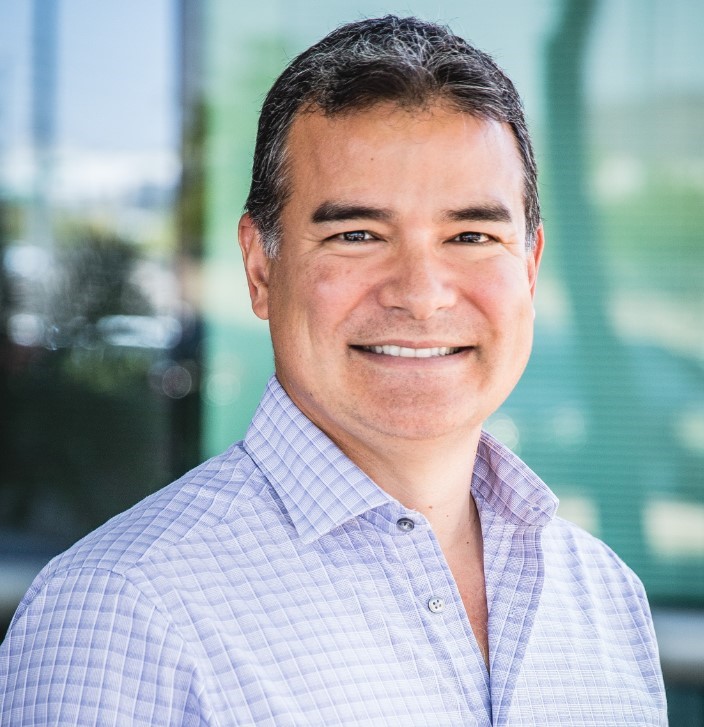
In late January 2021, Desert Financial Credit Union ($6.6B, Phoenix, AZ) deposited more than $14 million as an annual member giveback bonus to more than 142,000 of its 350,000 members.
CFO Stephen Jordan, who has been with the cooperative for 19 years, says it has distributed more than $39 million since it introduced its Relationship Rewards Program four years ago. The institution calculates the bonus based on the strength of each member household’s relationship with Desert Financial.
Did you think differently about the dividend this year because of the pandemic? If so, how?
Stephen Jordan: If anything, the pandemic reinforced our desire to give back to our member owners. Desert Financial has a strong balance sheet with a nearly 11% net worth ratio. We remained solidly profitable in 2020 despite a challenging environment. Rather than continue to build our financial reserves, we believed our members could use that $14 million.
How did you balance the need to pay out the dividend against the need to reserve cash for a possible downturn?
SJ: Desert Financial has worked hard over the years to build robust financial reserves, an operating structure that can prosper in all environments, and an appropriate risk profile. As a result, we were not faced with an either/or situation 2020 proved we could provide millions of dollars in pandemic support to our members, employees, and community; proceed as planned with our member giveback; and still earn an acceptable ROA.
Have you increased your reserve? If so, how much? If not, why not?
SJ: Year-over-year, we increased the allowance for loan loss reserves by more than $11 million. That increase was not because of an increase in net charge-offs or delinquencies. Rather, it was an abundance of caution because traditional credit quality metrics lost some of their relevance with the pervasiveness of payment extensions, loan modifications, foreclosure moratoriums, and more brought about by the pandemic. As we approach a post-COVID world later in 2021, we will reassess the appropriate level of ongoing reserves.
Firefighters First FCU
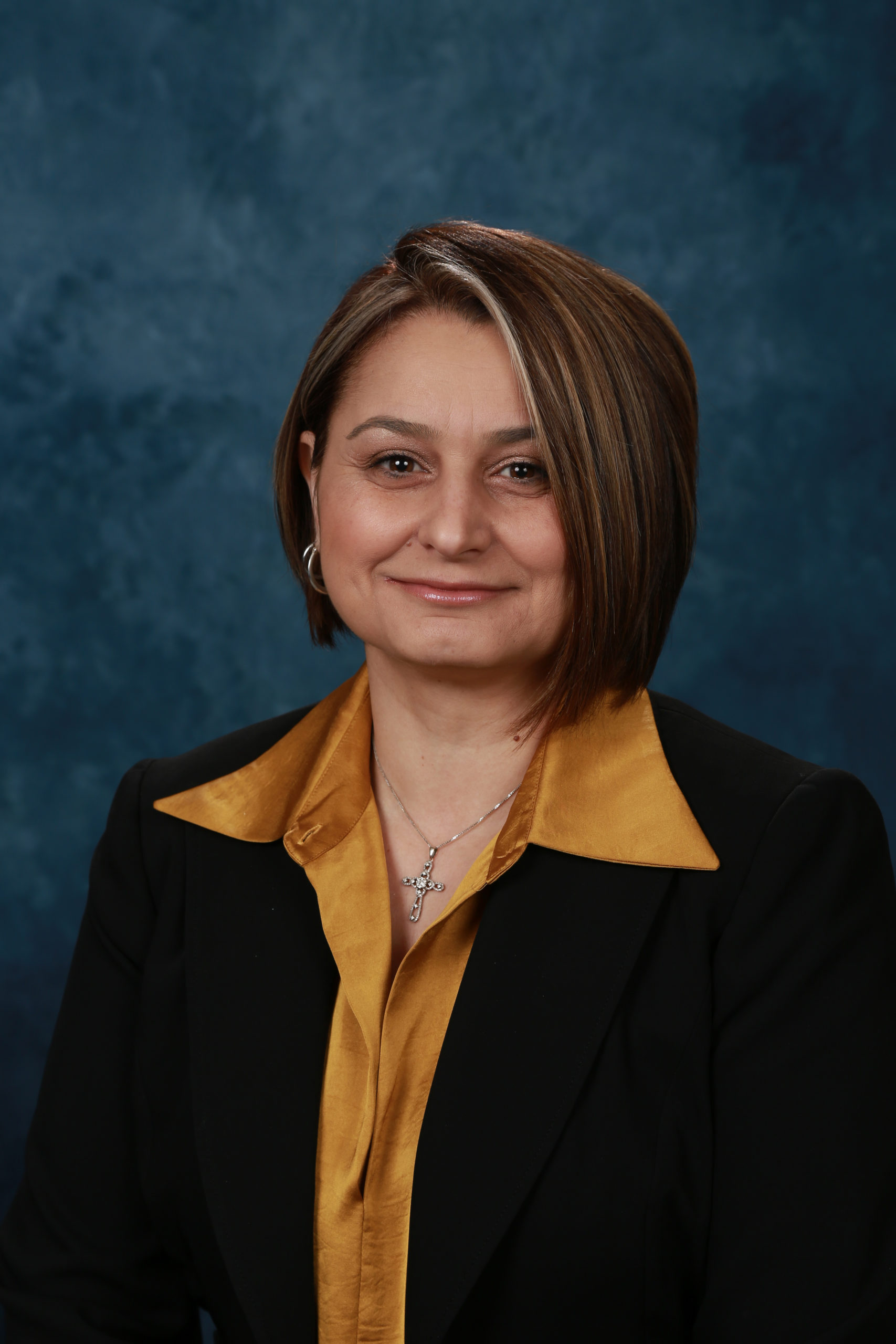
Firefighters First Federal Credit Union ($1.8B, Los Angeles, CA) paid out $2.1 million in dividends to almost 42,000 of its 53,000 members on Dec. 31, 2020.
The cooperative based its profit-sharing bonus on loans, shares, certificates, and use of investment, insurance, and business services, with a few exclusions, says CEO Dixie Abramian. Plus, the member had to be in good standing with the credit union and current on their property taxes.
The Golden State cooperative has returned more than $50 million to members since 1981, says Abramian, who has been with the credit union for 29 of those years, the past four as CEO.
Did you think differently about the dividend this year because of the pandemic? If so, how?
Dixie Abramian: It was even more important and rewarding to give back to career firefighters and their families.
How did you balance the need to pay out the dividend against the need to reserve cash for a possible downturn?
DA: Historically, our capital ratio combined with several other key metrics, including liquidity and overall balance sheet strength, has been the general barometer for determining whether to pay an interest refund and dividend bonus.
The pandemic brought an unexpected influx of shares, resulting in a record high liquidity ratio. Naturally, the inflow of shares had an adverse effect on the capital ratio. However, all other metrics at year-end were strong, especially considering the pandemic. In the end, we determined the capital ratio decrease was a product of the unplanned inflow of shares and not of the strength of our credit union as a whole.
From a consumer perspective, the worst appears to be behind us, especially with our field of membership. At this time, the possible negative situation we face are shares leaving the credit union. However, we stand ready to take rate action and manage our balance sheet to maintain a competitive, but reasonable, net interest margin.
Have you increased your reserves? If so, how much? If not, why not?
DA: Yes, we increased our year-over-year allowance for loan loss reserve for the period ending Dec. 31 by $248,999, consistent with our relatively flat net loan growth and associated underlying member risk.
First Financial Of Maryland FCU
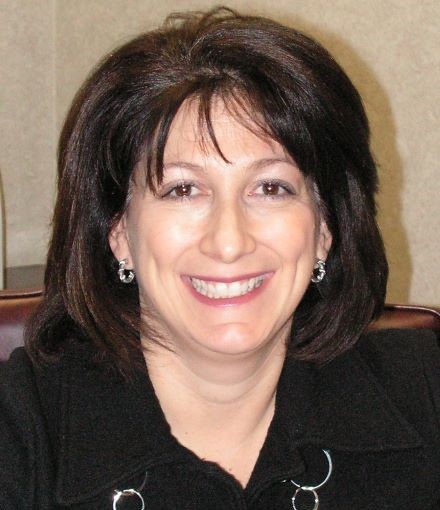
First Financial of Maryland Federal Credit Union ($1.2B, Sparks, MD) pays quarterly rewards and dividends through its rewards checking and credit card programs initiated in 2019 after 20 years of paying a year-end bonus to qualifying members.
Paybacks for all of 2020 totaled more than $2.4 million, with checking account holders earning the highest dividends because of the ability to earn Visa debit card rebates, says Stephanie Peltzer, who has been with First Financial for 33 years, the past 21 as vice president and chief marketing officer.
Peltzer says the program helps ensure each of the credit union’s more than 65,000 members receive dividends of one sort or another based on product usage.
Did you think differently about the dividend this year because of the pandemic? If so, how?
Stephanie Peltzer: We didn’t think differently about our rewards program, but we were particularly dedicated to its continuation. In a year when so many were facing health and financial challenges, we were glad we were able to continue this program.
How did you balance the need to pay out the dividend against the need to reserve cash for a possible downturn?
SP: Our cash reserve position was strong prior to the pandemic and has increased as a result of significant share growth in 2020. Supporting our members through our high-yield checking account and numerous rewards programs remained apriority for us. It was more important than ever to support them in every way we could.
Have you increased your reserves? If so, how much? If not, why not?
SP: No, we have not increased our reserves. Given First Financial’s financial strength, we were already well positioned to manage the challenges brought on by the pandemic.
PAHO/WHO FCU
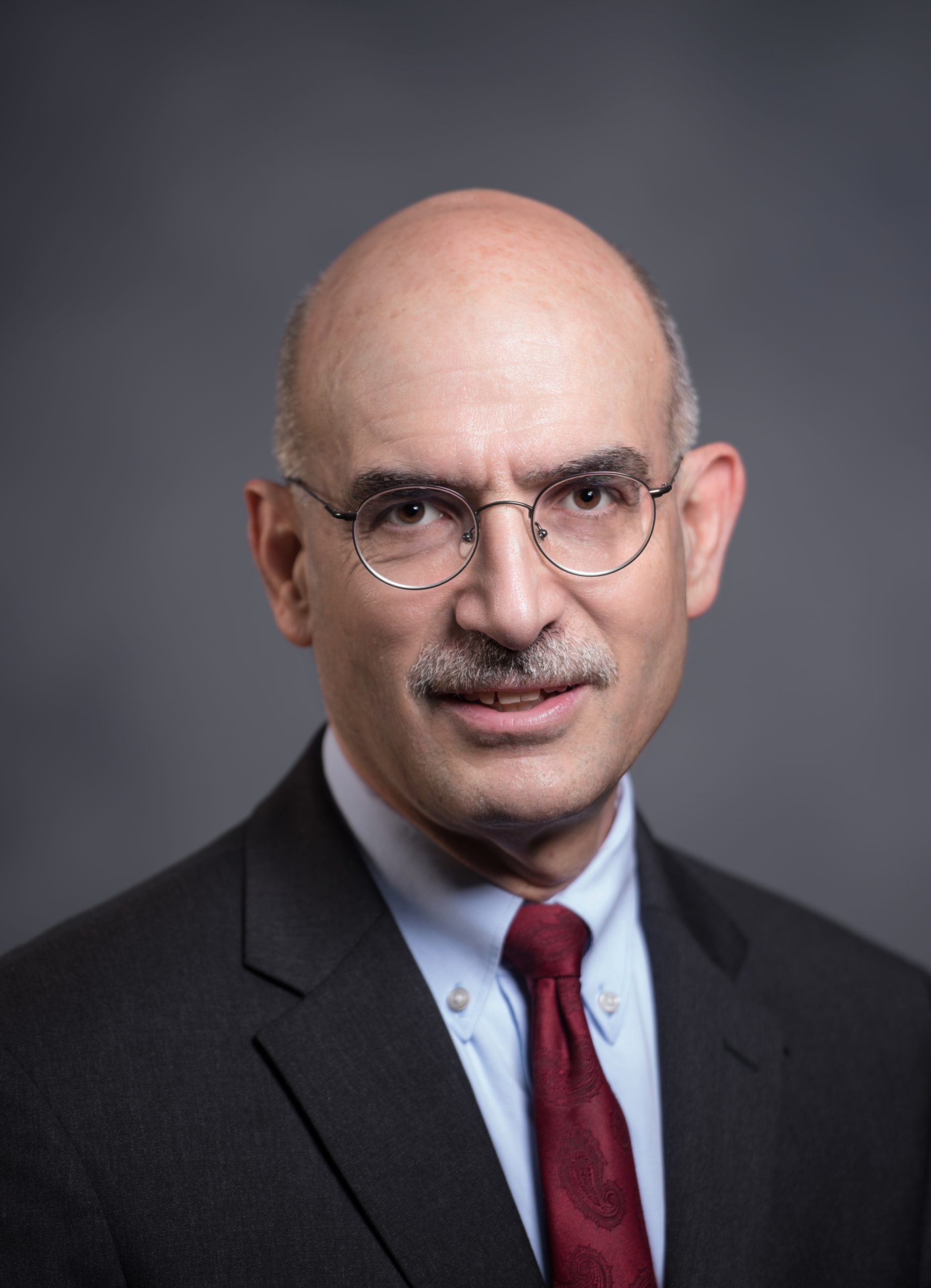
On Dec. 31, 2020, PAHO/WHO Federal Credit Union($258.3, Washington, DC) paid more than $285,000 in bonus dividends to more than 5,100 of its 5,900 members, bringing the three-year total to nearly $1.2 million.
Members received 4% of dividends earned in 2020 on their savings, checking, and certificate accounts as well as 4% on the interest paid on their loans, says CEO Miguel Boluda Jr. The minimum bonus every member in good standing earned was $15.
According to Boluda, the credit union has paid the annual bonus without interruption since several years before he joined as CEO in 2003.
Did you think differently about the dividend this year because of the pandemic? If so, how?
Miguel Boluda Jr.: Giving back an annual bonus dividend is our way of showing our appreciation to our members who use us the most, exhibiting their trust and belief in our credit union. Never has that trust, belief, and commitment been more relevant than during the pandemic. If anything, 2020 further reinforced our commitment to serve more members of the global health community and demonstrate the value of membership in 2021.
“If anything, 2020 further reinforced our commitment to serve more members of the global health community and demonstrate the value of membership in 2021.”
How did you balance the need to pay out the dividend against the need to reserve cash for a possible downturn?
MB: For our over-70-year history, the board of directors and management team has been committed to maintaining strong capital so in good times and bad we can fulfill our mission of helping members of the global health community live better, healthier financial lives.
Have you increased your reserves? If so, how much? If not, why not?
MB: Each year, we plan to pay a bonus dividend and budget accordingly. We hope committing to paying a bonus dividend will encourage more members to use more credit union services, capturing the true credit union difference of people helping people.
Scott Credit Union
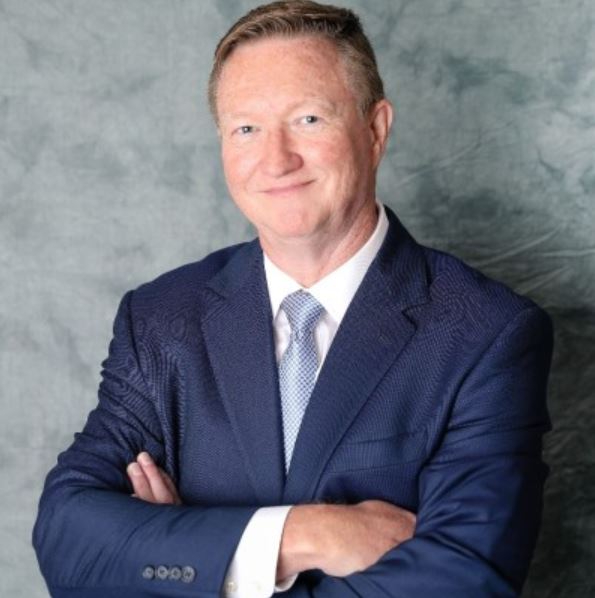
Scott Credit Union ($1.5B, Edwardsville, IL) paid out $700,000 in dividends on Nov. 30, 2020, to 73,817 of its 144,174 members.
The payout included a bonus dividend on regular share and IRA savings accounts paid on monthly average balances of $100 or more and a loan rebate on interest paid on any loan, including credit cards.
This year, the credit union paid 1% on deposits and loans, says Frank Padak, who has been with the cooperative for 27 years, the past 16 as president and CEO.
Padak says Scott Credit Union has paid out dividends and rebates totaling $13.8 million in the past 22 years.
Did you think differently about the dividend this year because of the pandemic? If so, how?
Frank Padak: We certainly thought about it differently as we considered the uncertainty in the economy and how difficult it has been to prepare a budget and plan for growth in shares, the impact on capital considering the squeezed margins, and how ROA is not able to keep up with growth. But the bottom line is we’re in a good financial position and we could share our success with our members who make us successful.
How did you balance the need to pay out the dividend against the need to reserve cash for a possible downturn?
FP: We were comfortable with the additional loan loss allowance we had already accumulated, especially considering we never saw increased delinquencies or losses. Of course, we’re still concerned we could see those metrics spike in 2021.
Have you increased your reserves? If so, how much? If not, why not?
FP: We did increase our loan loss reserve by $1.6 million, which was approximately a 20% increase for the year.
These interviews were edited and condensed.